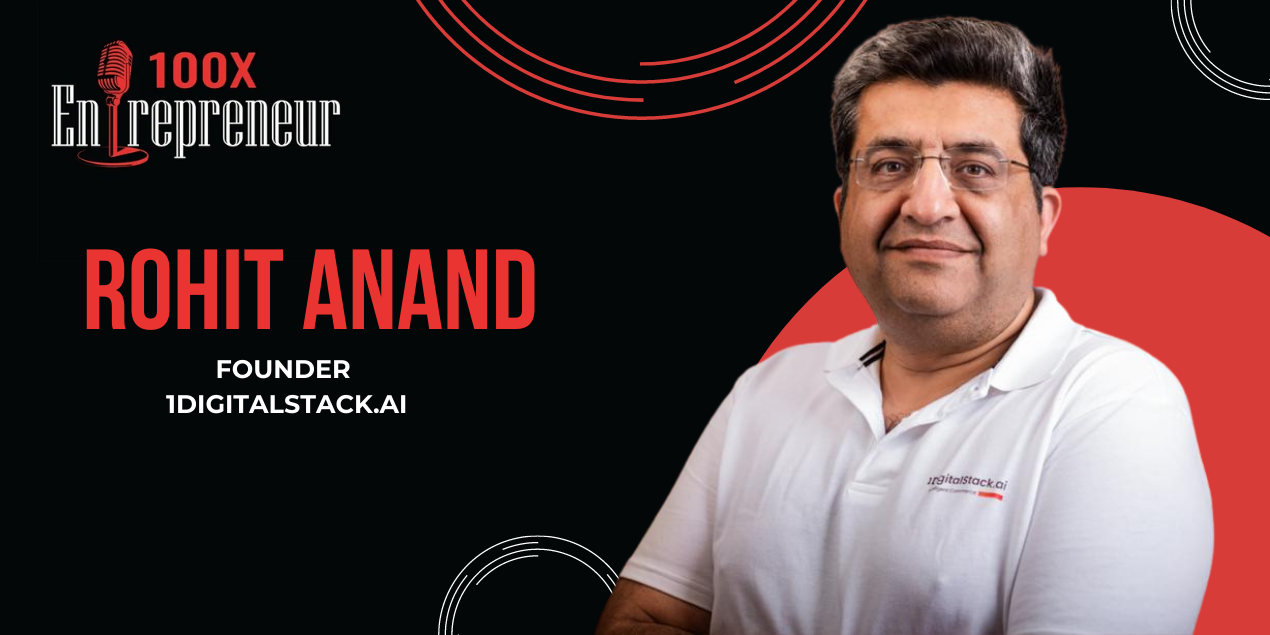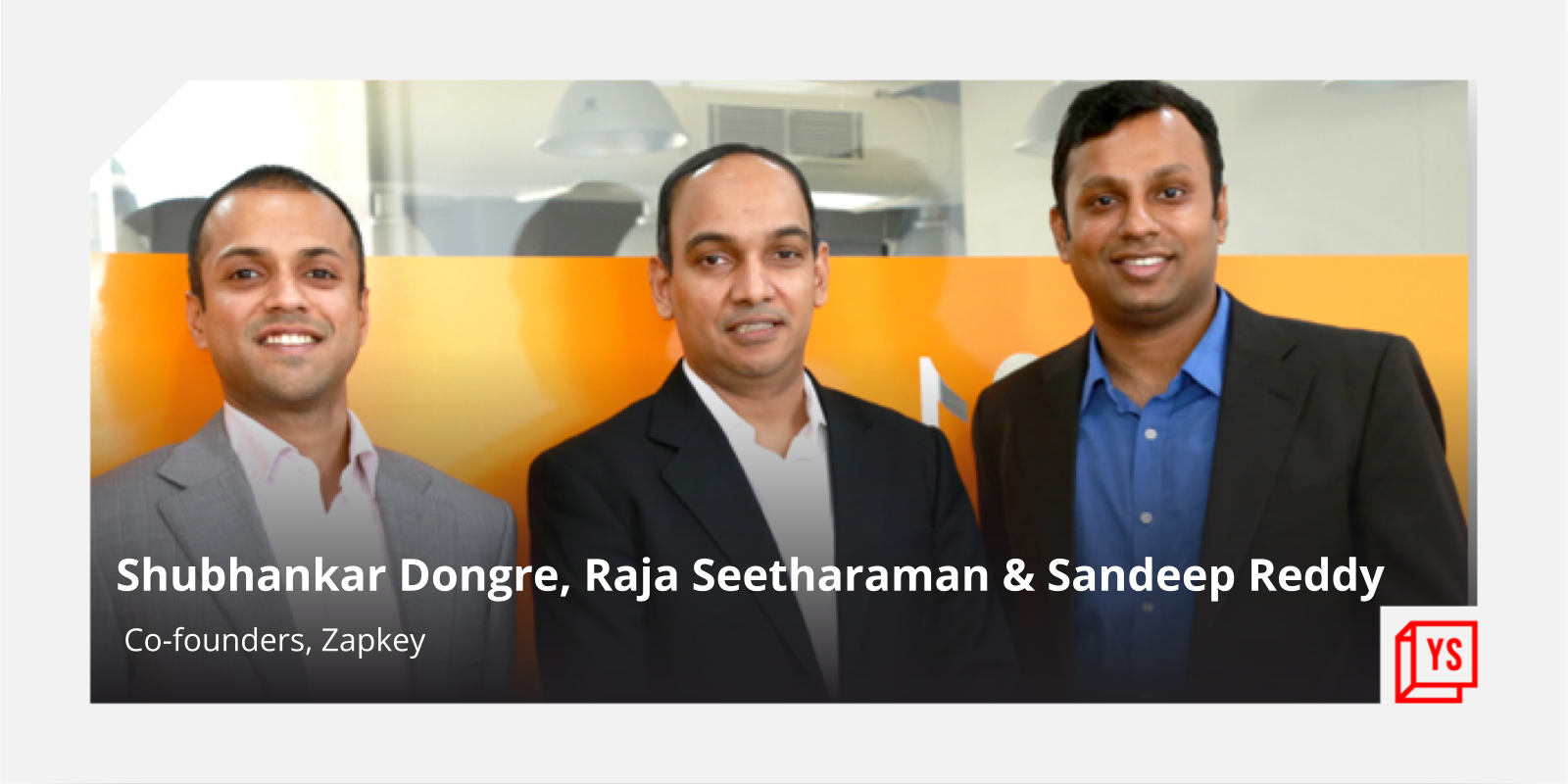"Getting funds & guidance is still a challenge for startups,” Rita Soni, CEO, NASSCOM FOUNDATION

Rita Soni, CEO, NASSCOM Foundation speaks to YourStory on the work done by the foundation. Excerpts.YS: This is the 5th year of NASSCOM Social Innovation Honor(NSIH). How has the journey been and what is new this year?
RS: The journey has been quite interesting. When we started NSIH we had 4-5 categories, and as the years progressed we now have seven. The is because of the efforts we have taken through actual project innovation for social good by using technology and with the help of a cross breed of stakeholders. The way categories have been laid out, it fits almost anyone as long as they can demonstrate that they are making an impact. Another interesting part of the journey is that every year are seeing different issues being addressed because of technology, and that’s exciting. Instead of creating a competition that’s focused on education, healthcare, or water we are getting solutions that are across a spectrum coming to us from these variety of stakeholders.
YS: What is the role and relevance of technology led innovations in social development?
RS: Innovation is important to solve ingrained social problems and technology has been a tool to achieve that scale, to expand reach, and to think outside the box. Mobile penetration for example have improved mechanisms to reach out. Earlier it was done through radio or TV, now it’s mobile. Initiatives like the National Optic Fiber Network actually coming to fruition, will help us get more access to Wi-Fi and direct access to the internet. It’s the evolution of technology that’s seeing more applications being developed. And that development is not just in urban India, a lot needs to happen in rural India as well. To say the least the challenge now is to reach out to the last mile.
YS: What is the current scenario for social innovators in the country? Is there enough ecosystem support?
RS: I think the ecosystem for social entrepreneurship, for innovation, and for startups is very much up and coming in India. We are seeing organizations

that are getting behind this, such as the National Association for Social Enterprises (NASE) who recently entered the scene. But what we have seen over the years is a large number of organizations coming to India looking for social entrepreneurs, looking to back them financially and build capacity. We have been lucky enough to start partnering with some of these — Villgro, Ennovent, CIIE and Kiva Foundation. I think with these partnerships which are an important part of the ecosystem that we are beginning to tap. We hope that with the reach that NASSCOM has, we can leverage these organizations and make it possible for our entrepreneurs to get all the resources and assistance they need.YS: What are the challenges that a social innovator faces while starting an enterprise?
RS: One big challenge we hear time and time again is funds and the second big challenge is resources for guidance. That’s where we find it important for us to hear ideas. Particularly in case of students, recognize those concepts and then our foundation can also act as a platform to bring together resources. We don’t do funding yet but hopefully in the future when this award becomes larger we would find resources to do that as well. But at this moment what we find more valuable is the network that we are helping them create. These innovators are using technology and tapping the NASSCOM network,

working through NASSCOM India Leadership Forum where the who’s who in technology are present. Those are really the valuable resources and will help entrepreneurs on their journey.YS: How can the private sector support/nurture technology led innovations for social change?What is Government's role?
RS: Government can nurture development by putting in place mechanisms to eliminate challenges of what entrepreneurs need. We have seen that work in many other contexts and countries, and we’ve seen it work in regular business. If there is financial support, support for capacity building and mentorship these industries can flourish. That’s often the reason for successes in Silicon Valley, that the ecosystem itself is creating that space. Next what the government is doing, and can continue to do is to evolve the way in which that they think social good is going to be accomplished. Initially there was a thought that government would implement all the social good and then gradually NGOs can be partners in that journey. But now we see things like the corporate social responsibility creation of guidelines for social, environmental and economically responsible businesses. The journey of development is being expanded by these parties. It’s not just the government who’s trying to take care of it’s citizens there are a many players who have become active in this space. From supporting entrepreneurship to helping people with disabilities to government incentive programs like the National Skills Development Corporation is all building the ecosystem.
YS: What is the road ahead for NSIH?
RS: If history is any indicator then road ahead will continue to widen. We will see innovations come into areas that they were lacking in so for. For example, this year we saw a lot of innovations areas of financial inclusion, citizen services, farmer support and health. I see that widening in the future. The other part is another trend that will evolve in the future, on how corporates and traditional companies and traditional CSR will evolve. It’s now seen as responsible business. We’re not just seeing large corporates thinking on these lines, but even smaller organization coming up with innovative ways to compete with larger companies on that front. These are two important trends we are trying to keep an eye on so that we can continue to evolve our services in the way that we work with each of these organizations.








